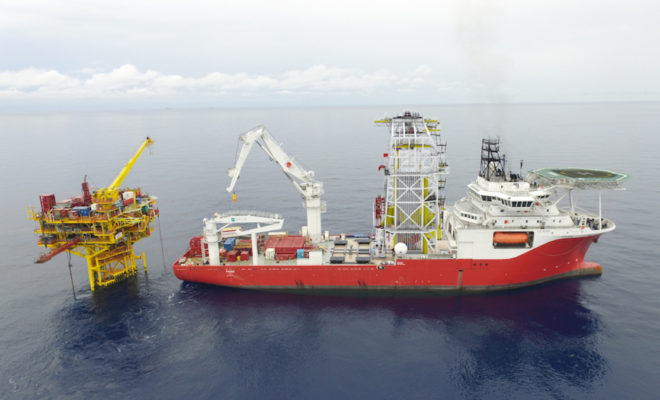Basics About Well Intervention Services

Well intervention services are operations undertaken on producing wells intended to increase or restore production. Wells may need intervention due to limited inflow, changes in the reservoir features, mechanical failure, production of sand, and the need to access extra hydrocarbon pay zones. Some of the downhole activities done during well intervention tasks include the surveillance and diagnosis of the well, implanting techniques for reservoir management, repairs, and reentry drilling aimed at reaching new intervals of production.
PRT offshore service providers seek to offer financial well intervention packages with complete servicing. This entails a combination of downhole, subsea, and deep-water skills and equipment. Well, intervention services seek current trends and technologies for efficiency and improving the timeline for the intervention jobs. Below are some activities during well intervention services:
Downhole applications
Downhole applications are operations that provide a solution to production-based problems in the wellbore. The activities can be classified depending on the tools and equipment used or the processes used in the intervention. Some of the common categories of rig less well intervention operations are;
- Cased hole production perforating and logging
- Cleaning of the well
- Fishing in a cased hole
- Displacement of fluid
- Sand control
- Remedial conformance or cementing
- Stimulation to improve the permeability of the well zone
- Installation of artificial lift services
- Reentry drilling
Rig less well intervention procedures vary based on the kind of downhole application performed and the tools used. Some of the classifications include:
- The electric line that constantly transmits well-logging data to the surface and can perform perforations
- Slick line wireline device mainly used for fishing, well cleaning, placing, or servicing a gas lift valve and plug removal.
Subsea intervention
A traditional technique of working on wells on the subsea entails access to the wells from the surface. The subsea well intervention can be categorized into three classes:
- Light well intervention that entails electric line and sick lineservices with the use of a subsea lubricator system
- Medium well intervention that comprises HWO and CT services undertaken with a workover rise package through semisubmersible.
- Heavy well intervention that needs the utilization of conventional rigs
Intelligent wells
The majority of the tasks undertaken are aimed at diagnosis and surveillance, increasing the expenses of operation and downtime. This has an additional risk of data that is not available promptly for an appropriate well intervention plan. In most cases, well intervention services are undertaken for reservoir management to remedy gas and water breakouts. The need for a multilateral well technology that reduces the number of slots needs to maximize the available zones. The issues have led to the development of intelligent wells, also known as ‘smart’ wells, including providing completions that can manage production from several zones.
In the information age, well-intervention services have offered better packages in cost and efficiency. The success of well intervention operations is based on appropriate and timely evaluation of well issues. The issues have led to the development of advancements in wells that give real-time data acquiring details of offering completions that facilitate production control.


